Five Things They Don’t Tell You About Hiking Machu Picchu (or the Inca Trail)
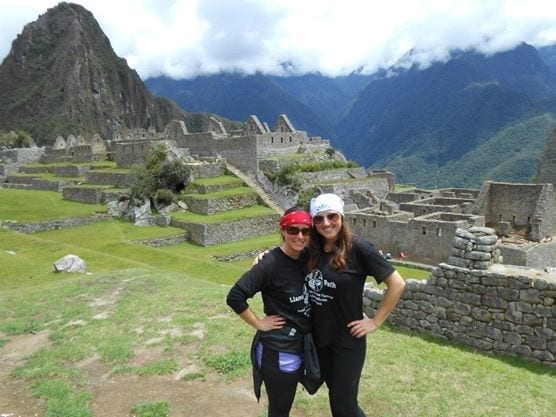
One of the most iconic hikes in South America and one of the top five ranked treks in the world, the Inca Trail is an impressive mix of climate zones, topography and ancient history. But between 3 am wake up calls and a proverbial crapshoot for toilets (aka holes), what is it really like? And is it worth it?
One major misconception is that you’re hiking up to Machu Picchu. You’re actually starting at about 9,000 feet, scaling one massive pass at 14,000 feet, going back down to 11,000 feet, and scaling another peak at 13,000 feet before finally descending upon the Sacred Valley. The traditional four-day route is rated as moderate difficulty and spends on average 6-8 hours a day hiking. It’s both physically and mentally challenging with your brain working on overdrive trying to process all that’s transpired throughout the years in that very location.
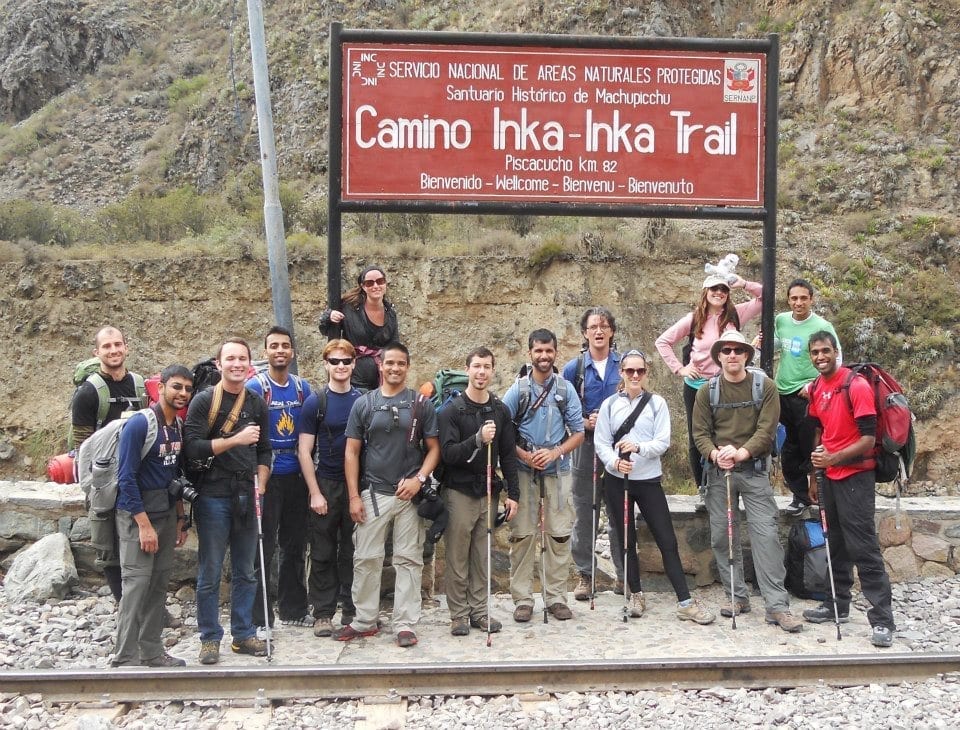
It Requires Serious Pre-Planning
Normally one for spontaneous trips, you can’t just show up and expect to hike Machu Picchu. They only allow 500 people a day on the trail for the classic route (for conservation reasons) so you have to book your travel at least three to six months in advance to get approved for a pass. And as one who generally likes to do my own thing, you also have to go with a designated tour guide. While there are plenty of groups and private guides to choose from, do your homework. I picked the one with the best reviews (mostly of the food, of course), but they also happened to be known as the “super hiker” group, which I conveniently missed. On day two, where most groups set up camp for the night was merely our lunch stop. Had I known we’d be summiting both passes (and one ominously called Dead Woman’s Pass at that) in one excruciating day, I probably would have gone with a group called something more like, “we’re pretending to be outdoorsy by buying out REI.”

It’s Definitely Not a Walk in the Park
I thought the altitude wouldn’t affect me having lived in Colorado. How wrong I was. Even with less vertical than the mountains I hike and ski on every weekend, I was huffing and puffing even after allocating the standard three days to acclimate. There’s very little flat terrain on the trail and the alternating inclines and declines are rough on your body, with going down arguably more challenging than going up given the slippery conditions. You will come back worn out, disheveled and more in need of a vacation than when you left.
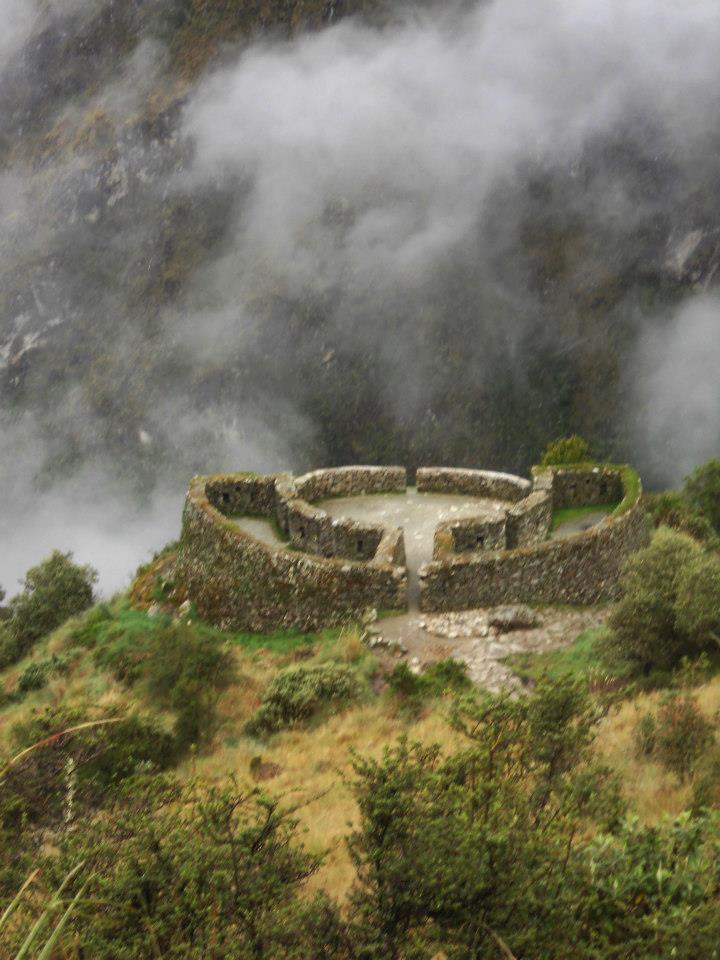
Weather is a Huge Factor
April through October is recommended for the hike as its dry season with the summer months booking the furthest in advance. Due to our lack of planning, we couldn’t get passes in time and ended up catching the front end of rainy season in November. With almost half the month experiencing showers, it’s no joke. Along the route, you’ll pass through arid mountains, cloud forest, subtropical jungle, and ancient ruins all with different environments and conditions. It can go from sweltering to pelting rain literally in the span of an hour so dress in layers and prepare yourself as best you can (but even my quick dry gear couldn’t keep up). The rain was the worst because not only was it cold and blinding, but when you’re going downhill, it quickly became a game to stay try to upright without losing your footing in the mudslide.

Coca Leaves – Cocaine, Not Chocolate
The natural Incan alternative to energy drinks? Cocaine. While my Spanish is good enough to get by, coca was not a translation they taught us in the classroom, which I innocently mistook for chocolate. Available all over the country in many forms, cocoa leaves in tea, candy and simply to chew are all popular forms of getting your buzz on.
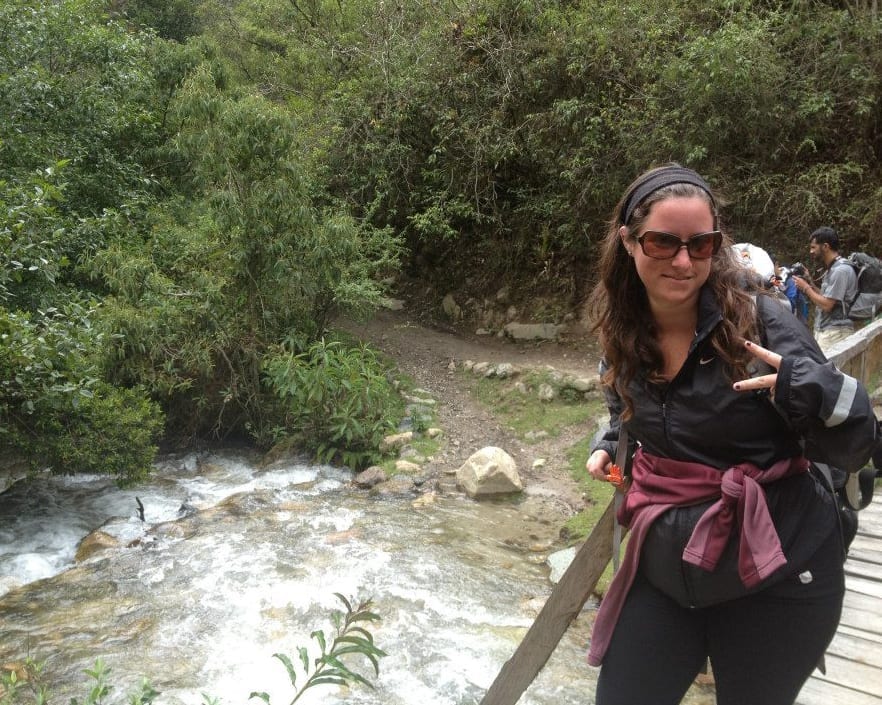
You’ll look at the Tourists who took the Train with Serious Contempt
I’ve never been much of an outdoor elitist, but when you finally do make it to Machu Picchu dirty, sweaty, and having not showered in four days, the tourists who walk in bright eyed and bushy tailed fresh off an hour-long train ride just strike a certain nerve. Not only are they blocking your perfect picture milling about in hoards, but they have no idea how much you struggled to make it there. At least you know it’s the “journey not the destination” and you earned it. Physically the hardest thing I’ve ever done, there were times I wanted to give up, but that simply wasn’t an option so you push through. And now that it’s done? I can’t wait to do the next big hike.
The full account of my trek was published in the Amazon Best Seller, Couch Rebels. You can read a copy of it here.
- Trying to decide whether Patagonia or Machu Picchu is right for you? Here’s my comparison.
- Looking for more awesome hikes in Peru? Check out this one in Huaraz!
- Looking for things to do in Peru beyond Machu Picchu? Check out these suggestions.
- If you do want to take the train to Machu Picchu, here’s how to do it.
Like It? Pin It!
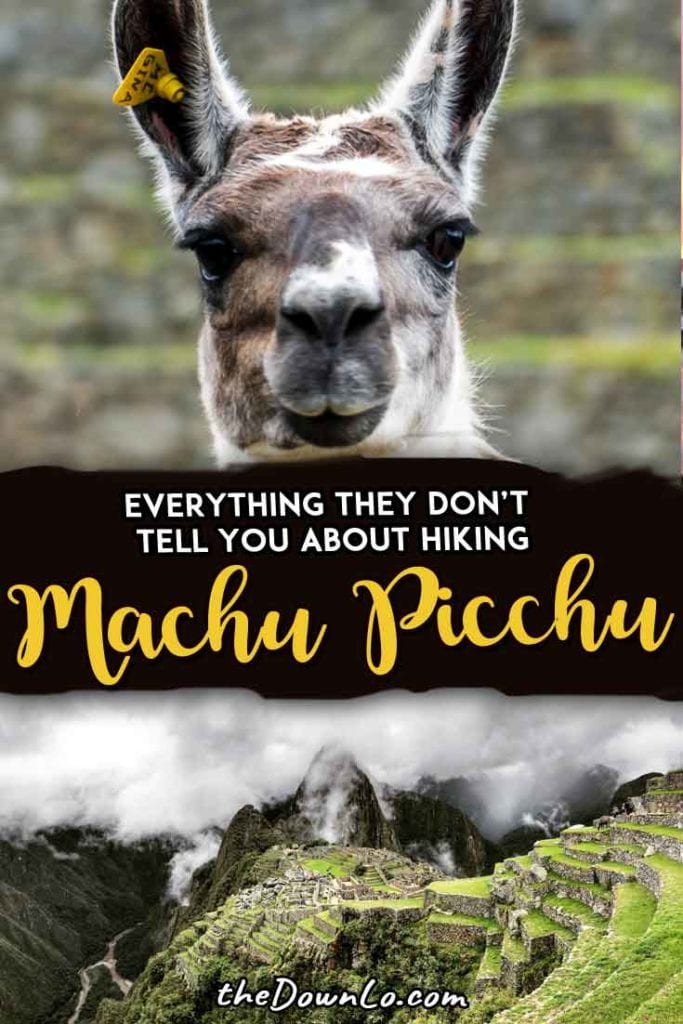


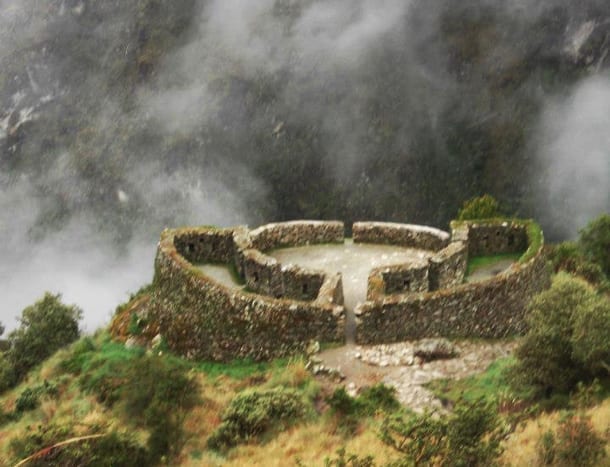
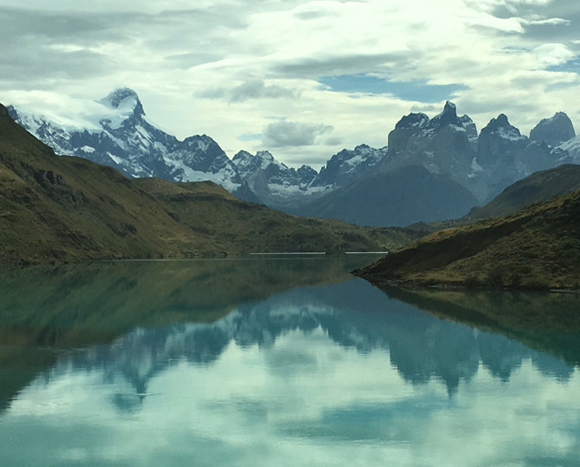
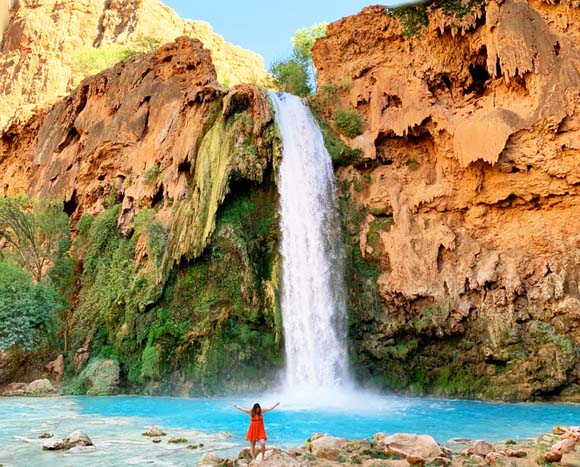

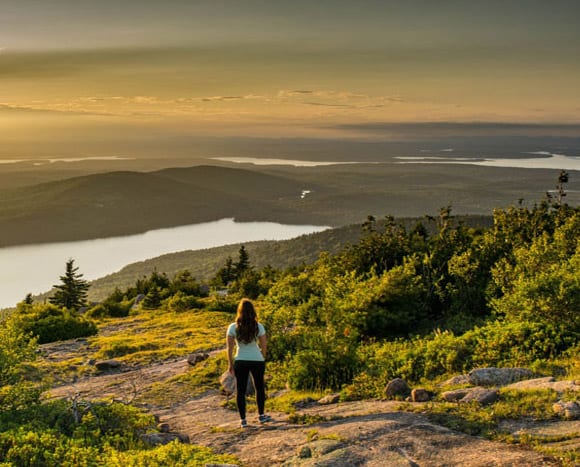

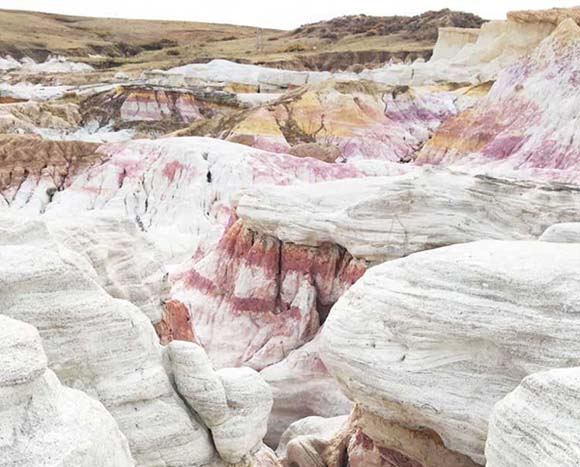



Leave a Reply
Want to join the discussion?Feel free to contribute!